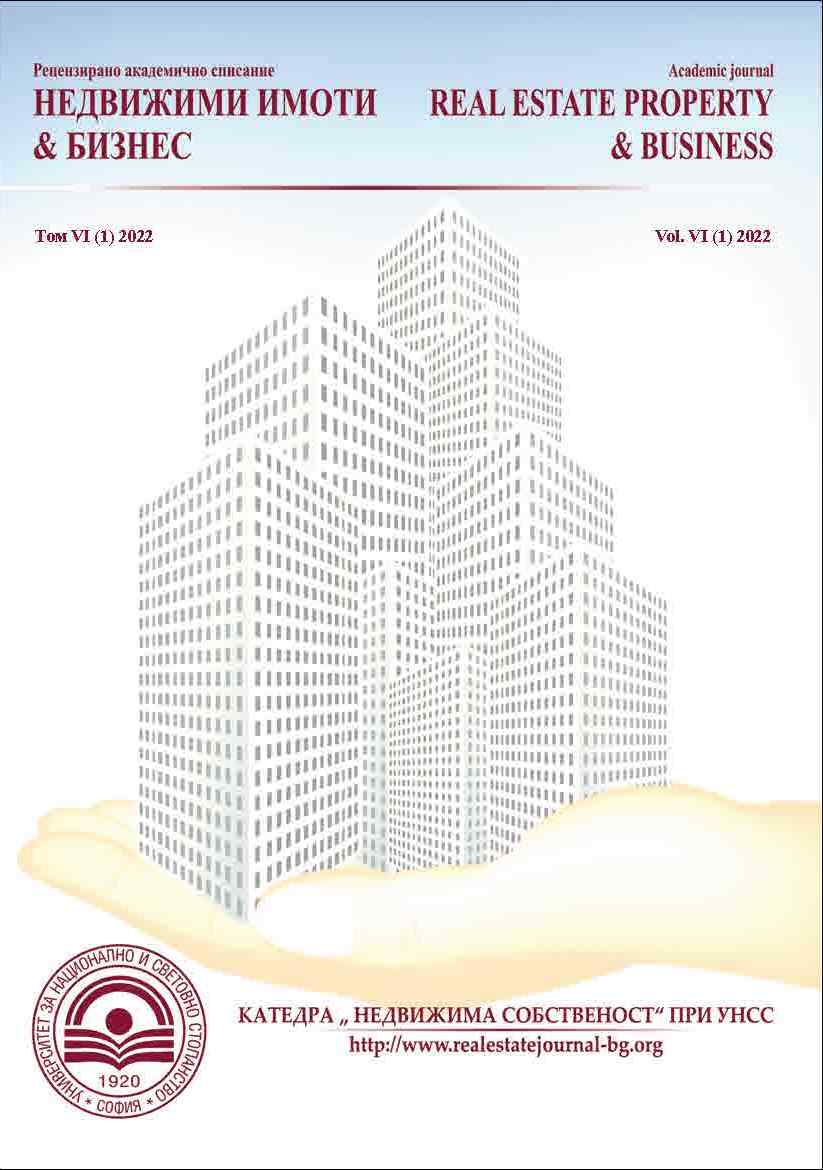Приложение на въртелив тип борсови графики за сравнение на относителното представяне на жилищните цени в най-големите градове в България
Application of Stock Market Relative Rotation Graphs for Comparison of the House Price Performance in... The Biggest Cities in Bulgaria
Author(s): Petar IvanovSubject(s): Economy, Business Economy / Management, Financial Markets
Published by: Университет за национално и световно стопанство (УНСС)
Keywords: relative rotation graphs; RRGs; house prices; relative strength; momentum; Bulgaria
Summary/Abstract: This article aims to present the concept behind the so-called Relative Rotation Graphs (RRGs), which dynamically compare the relative performance and potential for growth of selected assets. These kinds of graphs are built upon a Cartesian coordinate system divided into four quadrants according to the values of two indicators (scales): Relative Strength Ratio and Relative Strength Momentum. The former allows the relative value of the observed asset to be estimated against the average for the respective sector (or other benchmark), while the latter – to find out the direction and the pace by which the changes in the former ratio take place. Moreover, the already mentioned dynamics is displayed by depicting the shifts in the asset performance across time periods. Its trajectory of movement between the quadrants, defined by the points for each period, resembles in many cases the form of rotation (clockwise elliptical motion). In addition, the main goal of the article is to demonstrate how the presented concept of the RRGs, which have been gaining popularity in stock trading recently, can be applied on house prices as well. Its advantages are that it makes it visible by how much a selected asset (or index) is over or underpriced and it gives a clue for the possible changes in the price over the next time period. In this context and by using normalized statistical data from NSI, we can construct the relative rotation of the house price indices for the six biggest cities in Bulgaria – Sofia, Plovdiv, Varna, Burgas, Ruse and Stara Zagora, over a time period of two years. Conclusions from the observed trends and differences across cities are also outlined.
Journal: НЕДВИЖИМИ ИМОТИ & БИЗНЕС
- Issue Year: VI/2022
- Issue No: 1
- Page Range: 45-53
- Page Count: 9
- Language: Bulgarian

